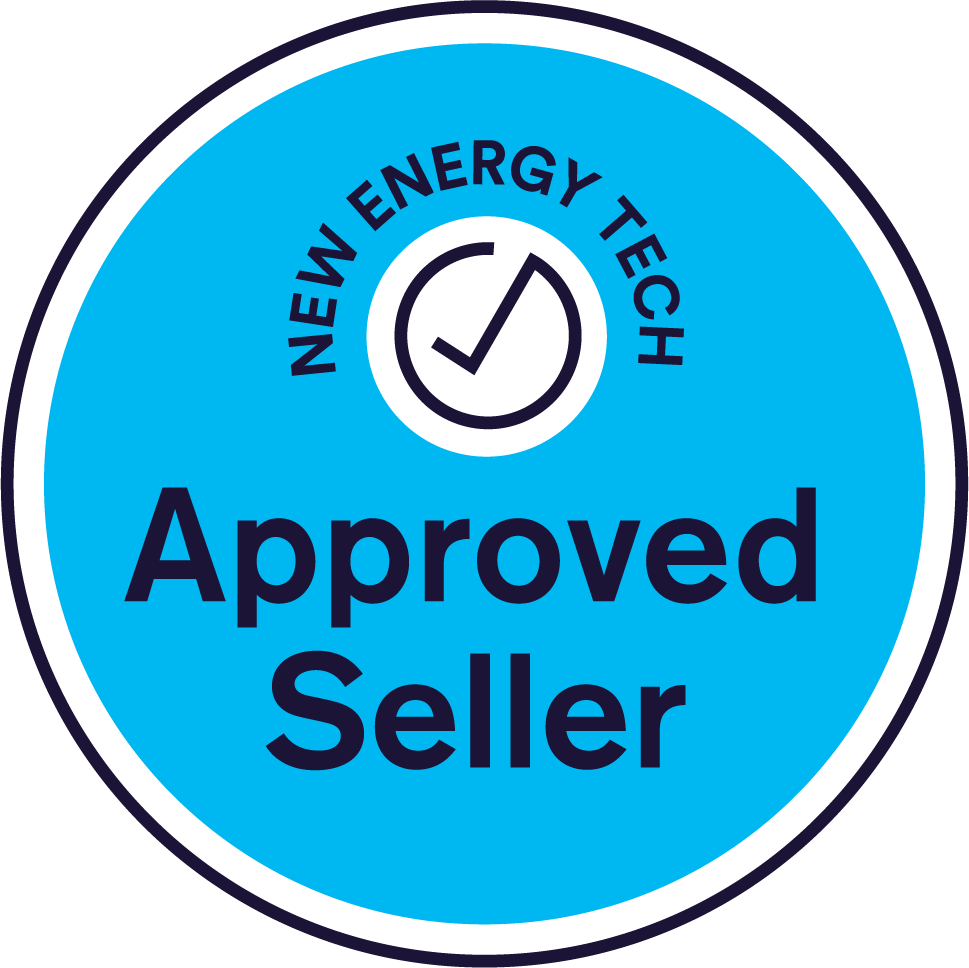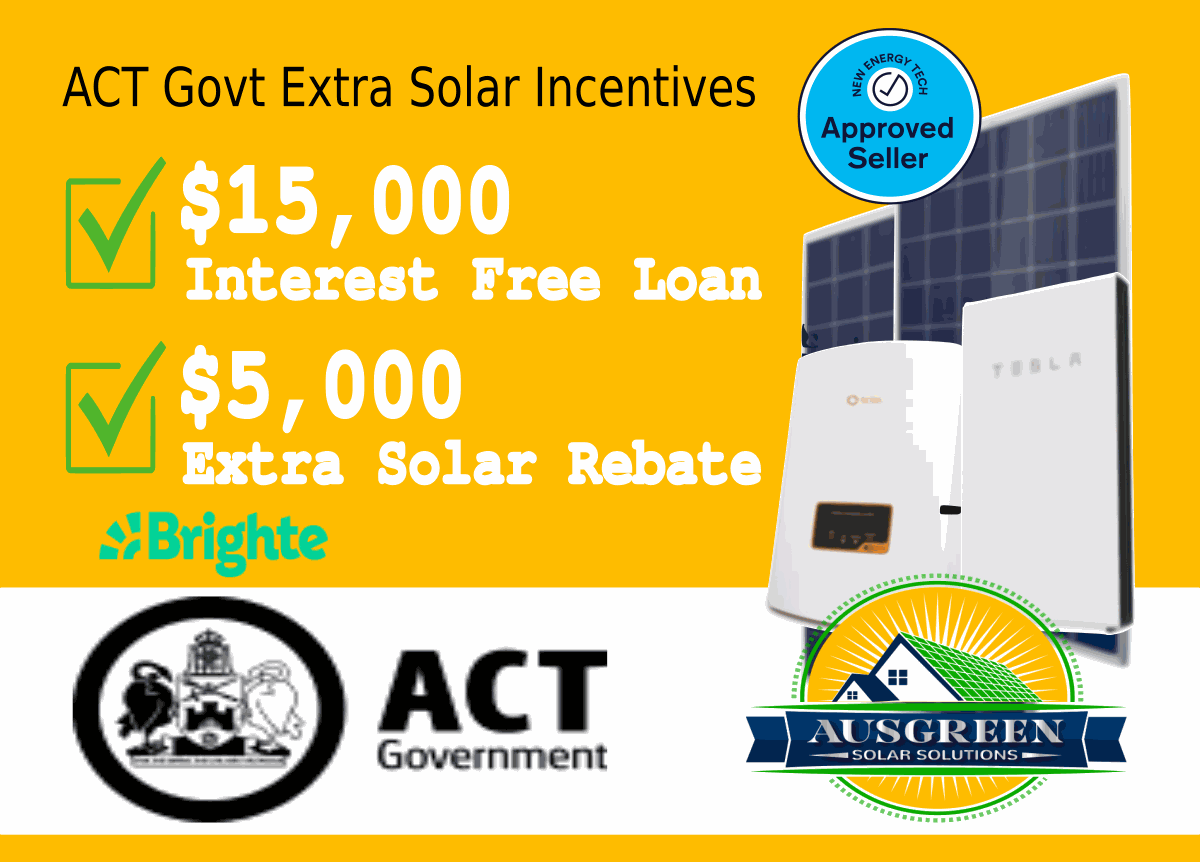
The detailed explanation of the STC is copied from the publication published by Clean Energy Regulatory, Australia. This is published here on our website as a copy pf the Clean energy regulator, Australia to help and support citizens of Australia to know and have better understanding on incentives for solar energy or solar power system.
Quick Read -
Solar system eligibility
Eligibility scenarios
Original system installed
Additional capacity/upgrade
Additional, separate system
Original system replaced
One, some or all panels replaced
The Clean Energy Regulator administers the Renewable Energy Target's two schemes:
The Large-scale Renewable Energy Target, which encourages investment in renewable power stations to achieve 33 000 gigawatt hours of additional renewable electricity generation by 2020, and
- The Small-scale Renewable Energy Scheme, which supports small-scale installations like household solar panels and solar hot water systems.
The Renewable Energy Target operates through the creation of tradable certificates which create an incentive for additional generation of electricity from renewable sources. Certificates are created and issued through the REC Registry —an online trading platform managed by the Clean Energy Regulator.
Through the scheme, large renewable power stations and the owners of small-scale systems are eligible to create certificates for every megawatt hour of power they generate—creating the 'supply' side of the certificate market. Wholesale purchasers of electricity, mainly electricity retailers, buy these certificates to meet their renewable energy obligations—forming the 'demand' side of the certificate market. Wholesale purchasers of electricity then surrender these certificates to the Clean Energy Regulator in percentages set by regulation each year.
The number of certificates issued to an individual or business is determined by the amount of electricity generated or displaced by an eligible system. Eligible systems may include renewable energy power stations, small-scale solar panels, wind and hydro systems, or solar water heaters and heat pumps.
There is also a secondary market for certificates that does not involve the Clean Energy Regulator, and includes financial institutions, traders, agents and installers.
The Small-scale Renewable Energy Scheme creates a financial incentive for individuals and small businesses to install eligible small-scale renewable energy systems such as solar panel systems, small-scale wind systems, small-scale hydro systems, solar water heaters and air source heat pumps. It does this through the creation of small-scale technology certificates which Renewable Energy Target liable entities have a legal obligation to buy and surrender to the Clean Energy Regulator on a quarterly basis.Small-scale technology certificates are provided 'up front' for the systems' expected power generation over a 15 year period or, from 2017, from the installation year until 2030 when the scheme ends. This renewable electricity replaces electricity generated from non-renewable sources. Generally, householders who purchase these systems assign the right to create their certificates to an agent in return for a lower purchase price. The level of this benefit differs across the country depending on the level of solar energy.
Small-scale technology certificates can be created following the installation of an eligible system, and are calculated based on the amount of electricity a system produces or replaces (that is, electricity from non-renewable sources).
The number of small-scale technology certificates required to be submitted by electricity retailers is set each year by the small-scale technology percentage.
System eligibility
Under the Small-scale Renewable Energy Scheme, eligible small-scale renewable energy systems may be entitled to small-scale technology certificates, which can be sold to recoup a portion of the cost of purchasing and installing the system.
Small-scale renewable systems which may be eligible for certificates include:
- solar photovoltaic (PV) panels
- wind turbines
- hydro systems
- solar water heaters, and
- air source heat pumps.
Solar system eligibility
An installation of a solar photovoltaic system that meets the above eligibility criteria and has not already received small-scale technology certificates may be eligible for small-scale technology certificates. Expanded or additional systems may also be eligible.
It is important that consumers and businesses are clear on the eligibility requirements, particularly for expanded systems. If you are expanding a system, you may need to replace or upgrade a number of the components of your system to participate in the Small-scale Renewable Energy Scheme.
Note that systems for which one, some or all panels have been replaced, and have previously received small-scale technology certificates for the entitlement period, will not be eligible to receive additional small-scale technology certificates. In some instances, small-scale technology certificates were previously issued for replacement panels. As some participants may have scheduled or quoted work before this guidance was released, applications for replacement panels will still be considered for small-scale technology certificates for installations up to 31 January 2018, subject to all other requirements being satisfied.
You should carefully consider your options, and compare the benefits and complete costs of installing a new or expanded system, including factors like electrical wiring upgrades, compliance with current standards, and operating efficiency. Make sure you ask about any hidden costs associated with any changes or upgrades to an existing system.
You should also consider potential impacts on feed-in tariffs for any changes to solar installations on your dwelling. You should contact your electricity retailer, and State or Territory Government, to provide you with further information on the impacts of feed-in tariff eligibility for your system.
The scenarios outlined below will help you determine if your system, or modifications to it, are eligible for small-scale technology certificates.
Eligibility scenarios
The scenario examples below will help you to determine your system’s eligibility for small-scale technology certificates. These scenarios cover the most common types of solar PV installations. Please contact us if you have further questions.

Original system installed
Eligible - The system must have a rating of no more than 100 kW. Panels and inverter must be on the Clean Energy Council approved products list at the time of installation. All components (including electrical elements and fixtures) must meet the current relevant standards.

Additional capacity/upgrade
Eligible - The system must have a rating of no more than 100 kW. The new panels and existing inverter must be on the Clean Energy Council approved products list, and the inverter must have sufficient capacity. All components (including electrical elements and fixtures) must meet the current relevant standards.
Systems that have capacity increased to more than 100 kW may be eligible to apply for accreditation as a power station and create Large-scale Generation Certificates for electricity generated by the added capacity. Read more about expanding above 100 kW.

Additional, separate system
Eligible - The system must have a rating of no more than 100 kW. The new panels and inverter must be on the Clean Energy Council approved products list. All components (including electrical elements and fixtures) must meet the current relevant standards.

Original system replaced
Eligible - The system must have a rating of no more than 100 kW. All system components (i.e. panels and inverter) must be new (no previous claims), recorded on the Clean Energy Council approved products list at the time of installation and meet the current relevant standards (including electrical elements and fixtures).

One, some or all panels replaced
Not eligible - This scenario is ineligible because at least one major component (i.e. panel or inverter) has been used to previously claim small-scale technology certificates in the entitlement period. Applications involving one, some or all panels being replaced will still be considered for small-scale technology certificates for installations up to 31 January 2018, subject to all other requirements being satisfied.
Other requirements
To be eligible for small-scale technology certificates, all systems must be installed by Clean Energy Council accredited installers, and meet relevant Australian Standards, which include:
- AS/NZS 3000, Electrical installations
- AS 4777, Grid connection of energy systems via inverters
- AS/NZS 5033, Installation and safety requirements for photovoltaic arrays
- AS/NZS 1768, Lightning protection
- AS/NZS 4509.1, Stand-alone power systems, Part 1: Safety and installation
- AS/NZS 1170.2, Structural design actions, Part 2: Wind actions
- AS 4086.2, Secondary batteries for use with stand-alone power systems, Part 2: Installation and maintenance


